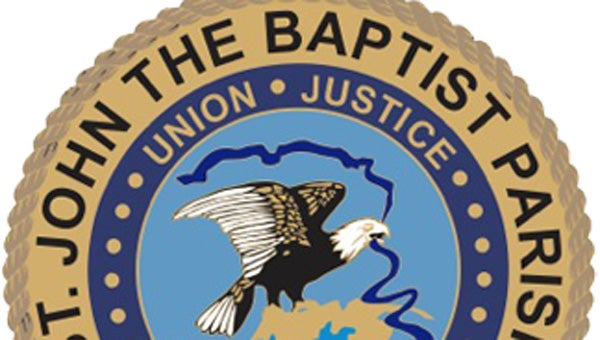Parish boosting East Bank water treatment
Published 12:08 am Saturday, January 2, 2016
RESERVE — A retention pond in Reserve will soon be turned into a wastewater treatment facility that can treat more than a million gallons of wastewater a day.
St. John the Baptist Parish Utilities Director Blake Fogleman said the East Bank needs more wastewater treatment capacity and the facility for LaPlace is at or near capacity.
“Currently, there is a wastewater retention pond (in Reserve), meaning when we get heavy water from rain, the parish pumps to this pond,” Fogleman said. “Whenever the rain stops and the treatment catches up, they turn around and pump out from the pond into the treatment facility.”
Fogleman said the pond is located at the end of Za Road in Reserve.
“There is nothing there expect for pumps,” Fogleman said. “What we are doing is turning it into an oxidation pond. We’re going to put some aerators in the water, and we are going to create a treatment facility in the pond. The current pond, I believe is 2,000 by 1,000 feet, and we’re only using a third of that. We are going to be able to treat 3 million gallons a day. We aren’t going out there to build huge tanks like you see on the side of the interstate. This is going to look like a pond, with a bunch of boulders in the water, turning up the water.”
LaPlace resident Sandra Barbier said she is worried the project would turn out like a wastewater assimilation project in Hammond, which she said destroyed the local wetlands.
“The project in Hammond takes treated sewage and puts it in a marsh,” Barbier said. “I have friends up there who have told me how it damaged and destroyed acres of marsh. My concern is that whatever we do in St. John doesn’t damage the marsh. We need that marsh to protect us against surges from the lake. Marshland is good to have, and it’s important habitat.”
Fogleman said a wetland assimilation project, which would potentially put treated wastewater into the wetlands, is in the study phase and not part of the parish’s current effort.
“You have to do a baseline study before you can dump water into the wetlands,” Fogleman said. “The study will take a year to complete before the scientist and the specialist will even say, ‘Yes, you can put water into this wetland.’”
The parish’s project is moving forward regardless because utility crews have a place to discharge — it goes to the river.
“If there is a possibility, and the specialists say we can, we’ll put a portion of the discharge in the wetlands once the study is done,” Fogleman said.
The wastewater project is in the permitting stage, according to authorities, who hope to open up bidding for the project soon.
Fogleman said he researched the Hammond facility, adding the project in Reserve is different.
“They reintroduced water to a place that didn’t have water,” Fogleman said. “Meaning those places dried out for a long period of time and the wastewater plant reintroduced it and it threw everything off kilter. The wetlands that we would be dealing with are currently wetlands, meaning they are used to water, nutrients and those things.”
Fogleman believes the new oxidation wastewater treatment pond will be good for the parish.
“We are remaining in the same footprint,” he said. “We are treating the water in the pond itself. It is going to give us much needed capacity that we have been struggling with. It gives us the ability to treat more wastewater. If the parish would grow more on the East Bank, we would be able to handle the treatment.”
Barbier said she hopes, if officials feel the project doesn’t destroy the wetlands, that they includes safeguards so it can’t be mishandled in the future by accident or on purpose.
“I think how this system is operated in the future is going to be just as important as the design,” Barbier said.





